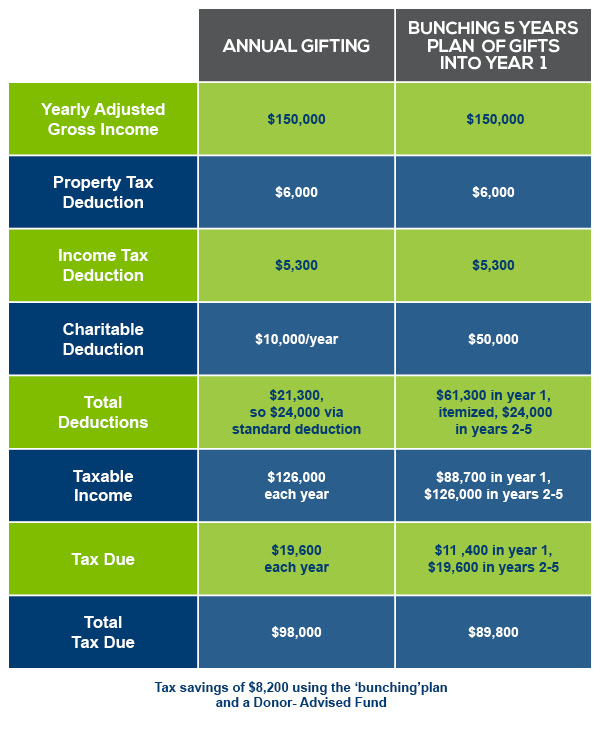Donor-Advised Funds Gain Popularity
Business Law Articles
View more from News & Articles or Primerus Weekly
Schneider Smeltz Spieth Bell LLP
Cleveland, Ohio
In light of the 2017 Tax Act, the use of Donor-Advised Funds, or DAFs, has exploded because they can serve as a "checking account" for your charitable giving. A DAF provides a simple, tax-effective way to make a charitable gift of cash, stock, or real estate for a tax deduction equal to the market value of the gift because a DAF is frequently part of a giving program within a public charity.
In other words, you are permitted to make a gift to your DAF in one tax year, receive a tax deduction in that same year, and then recommend gifts from your DAF "checking account" to your charities in future years.
DAFs have become popular because in 2018 and beyond, dramatically fewer people will itemize deductions after the standard deduction was doubled ($12,000 for single and $24,000 for married filing jointly) and most former deductions were eliminated or severely limited. The most significant is the deduction for state and local taxes (so-called SALT deduction), which is limited to just $10,000/year.
Bunching Your Charitable Contributions?
The DAF is perfect for those gifters "bunching" their charitable contributions because a DAF can accept cash, appreciated securities, and/or other assets, which will qualify for an income tax deduction for the year of the gift.
The DAF can then take that gift and invest it, tax-free, according to your investment recommendations, until you direct the charity to make grants to the qualified charity of your choice. Your DAF is not subject to any mandatory distribution requirements, but can provide grants at any time until it runs out of money. You can make additional contributions to your existing DAF, or start a new DAF with different investment objectives.
Meet "Mr. & Mrs. Generous"
For example, say Joe and Sally Generous generally donate $5,000 each year to their local church, $2,500 to a health and human services charity, and $2,500 to their other charities. They have a combined income of $150,000, pay Ohio income taxes of $5,266, and pay real estate taxes of $6,000. They have sufficient assets to make greater contributions, and are considering "bunching" their annual $10,000 gifts for the next 5 years into one $50,000 gift in 2018 into a DAF. As the table below shows, they will optimize their federal income tax situation by using a DAF.

Should you have questions about how Donor-Advised Funds (DAFs) or how the new tax laws apply to your unique circumstances, please contact any of the attorneys at Schneider Smeltz Spieth Bell. You can reach us at (216) 696.4200 or visit us on the web www.sssb-law.com